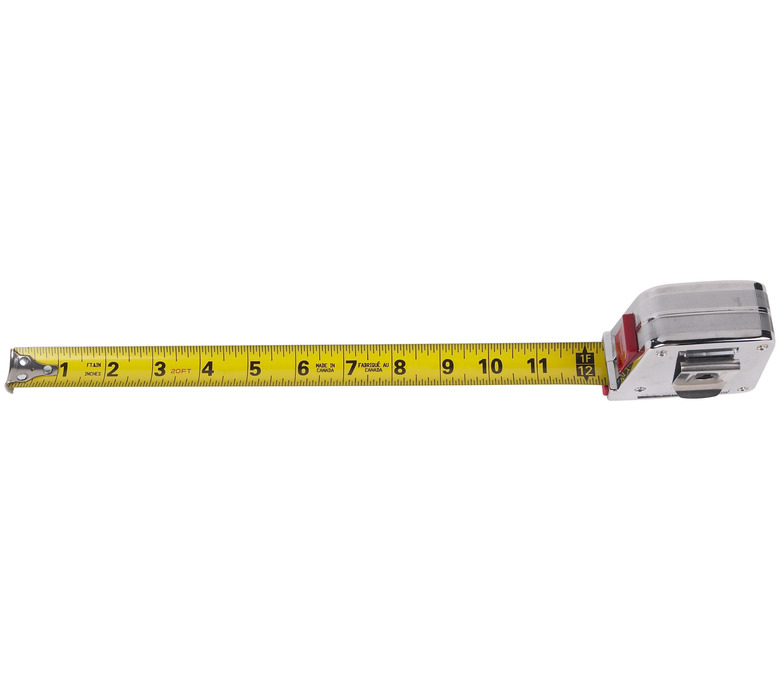How To Measure Countertops In Linear Feet
Things Needed
-
Tape measure
-
Paper
-
Pencil or pen
-
Calculator (optional)
Many times kitchen and bath remodeling focuses around the countertops. After all, it is the countertops that users interact with most in these spaces. The countertop layout not only plays a significant role in how a space functions, it helps to define the aesthetics of the space as well. If you are considering a kitchen or bathroom remodel, replacing the countertops should be a primary consideration. You will want to measure your existing countertops if you are planning on any improvements in these spaces. Even if you're planning on creating a whole new layout, it's important to know how much workspace you currently have. This will give you a baseline to determine how much additional counter space different design options may provide you. Countertops are typically measured by contractors and fabricators in a unit called "linear feet." This unit is simply the total length in straight lines (thus the term "linear") of a countertop of a given depth. Since casework is constructed of standardized modular units, measuring in linear feet is a good way to clearly describe just how much countertop you have. Follow the steps below to accurately measure a countertop in linear footage that contractors and cabinetmakers will understand clearly.
Step 1
First determine the depth of the cabinets under the countertop. The depth of a cabinet is the distance measured between the front face of the cabinet and the wall behind it. Most all countertop base cabinets are manufactured in standard depths of 18, 24 or 30 inches. Most residential kitchen and bathroom cabinets are 24-inches deep. If you are measuring your cabinet and it measures within 1 or 2 inches of one of these standard sizes, call it by the standard size. (Tell your contractor you have 24-inch cabinets, even if you measure it at 23 inches.)
Step 2
Clear your countertops of any appliances, vases or other items. You will need to reach the wall behind the countertop and use a tape measure, so make sure nothing is in the way that can inadvertently fall off the counter.
Step 3
Measure the length of the countertop along its back edge (commonly, this is the edge that is against the wall or backsplash). Start at one end and measure each straight segment of countertop. Write down the length of each segment as you measure them.
Step 4
Sum the segments that you have measured and keep all of your notes on a single piece of paper for future reference. Congratulations, the sum that you have calculated is the total linear footage of countertop. When sharing your measurement with contractors and designers, be sure to indicate the depth of the cabinets as well. This will help them understand precisely how much countertop you have.
